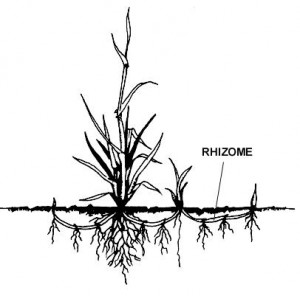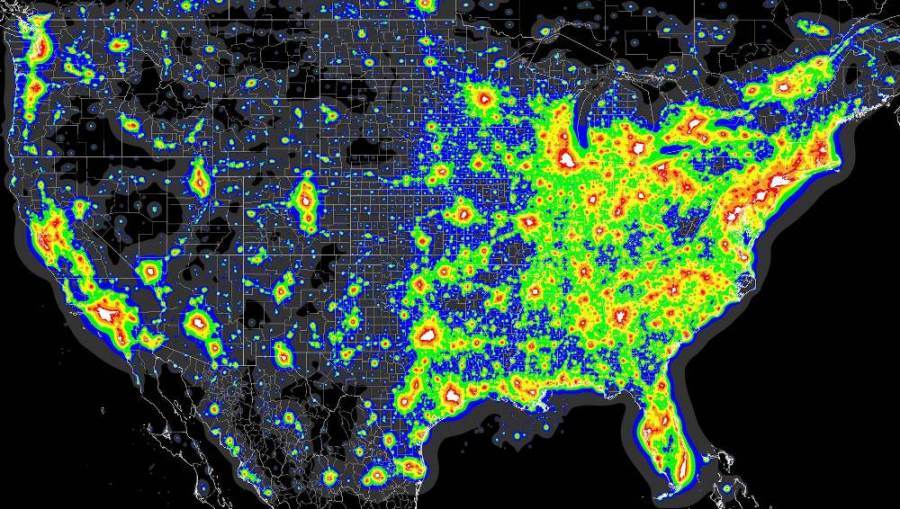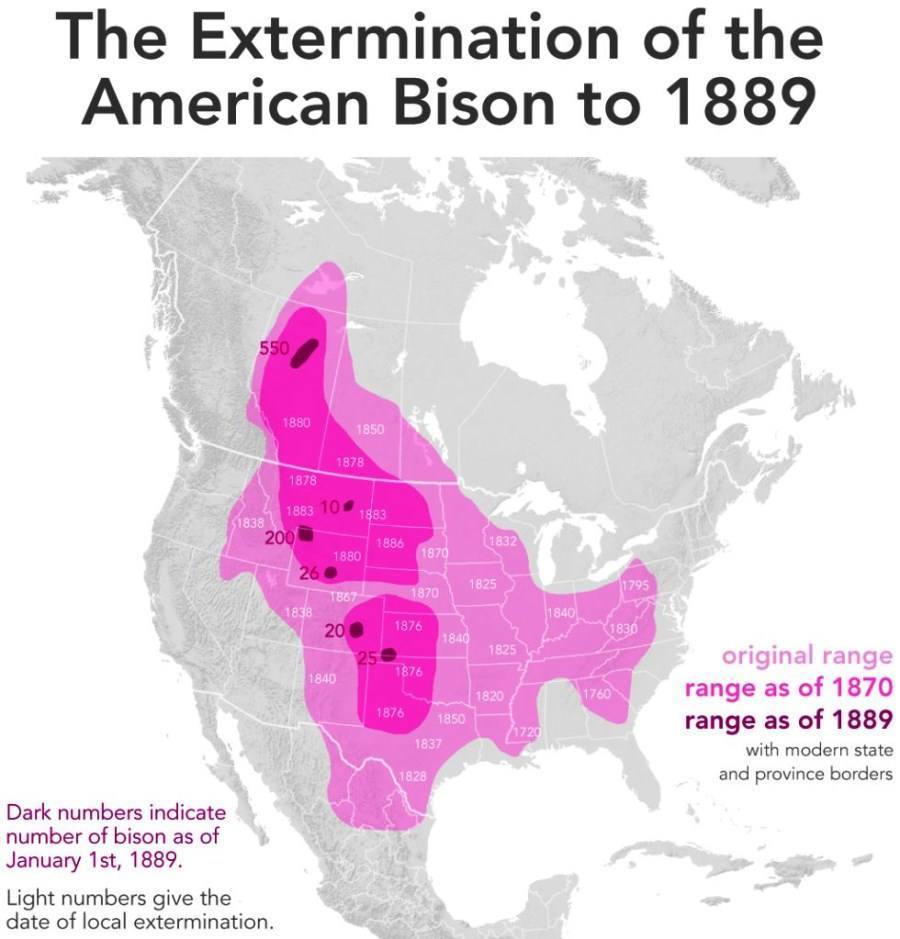Now that increasing numbers of people are stuck at home and sheltering in place, I figured I’d do a little series. Every weekday for the duration of this intense period, I’ll post a short definition of some term in/related to aesthetics and philosophy of art. Let’s see how this goes! See them all here.
Terms of Art #47:
rhizome
Pronunciation: RYE-zome (syllables rhyme with “tie” and “home”)
Definition: In one word, a rhizome is a network. It’s really almost that simple. Unless you’re getting deep into this stuff, you can do a global find-and-replace for “rhizome” and “network” and be fine.

It’s a net! Like network! [source]
After that, it gets more complicated.
So rhizome is a key concept from Deleuze (deh-LUHZ or deh-LOOZ) and Guattari (guh-TAH-ree, or sometimes gwa-TAH-ree or gwa-ta-REE). Their work is notoriously difficult, but has been super influential in the arts and humanities. And they LOVE rhizomes.
D&G’s rhizomes are based on biological rhizomes. If you’ve ever pulled up a weed only to realize that it’s somehow interconnected underground to all the other weeds in your yard, you found a rhizome! (And discovered that you’re never getting rid of those weeds. Sorry.) People like talking about ginger. I don’t know why, because lots of plants are rhizomes, but I guess people know about ginger?

the visual usually helps [source]
- Connectedness – any one point on a rhizome (again, think network) can be connected to any other point on the rhizome (network)
- Heterogeneity – there isn’t any privileged point on the rhizome, and the things that are connected can be pretty different (different people or institutions or concepts or even a mix of all three)
- Multiplicity – it’s too simple to say a rhizome is one single thing (because it’s got lots of individual nodes and plant-shoots), but it’s also too simple to say that it’s many things (because it’s all connected underground); D&G’s term for this sort of thing is a “multiplicity”
- Asignifying rupture – there aren’t natural joints that you can chop up the rhizome at; any break (“rupture”) is just totally arbitrary (it doesn’t “signify” anything), and it’ll keep growing from there
- Cartography – rhizomes are like maps. If you’re looking at a map, there’s no “start” or “finish”; it’s not linear. You just look at it and try to extract the information you want. Also don’t think of only street maps. Think of topographical maps and political maps and linguistic maps and immigration maps. Maps are a way to model things, but you already pick what you’re interested in before you create the map. So even a street map already assumes a bunch of stuff, like that this thing is a Road and that this is a House and this is a River.
- Decalcomania (dee-KALK-oh-MAY-nee-uh) – rhizomes are NOT decalcomania. But wtf is decalcomania? It’s like tracing or transferring an image to a new surface (think “decals”). The point here is that rhizomes aren’t trying to represent the Real World. And remember – maps don’t actually do this! They can’t, since you built in a bunch of your subjective concepts and interests into them.
(It is probably sacrilegious that I separated 1 from 2 and 5 from 6, which are listed jointly in the original text. BECAUSE RHIZOMES. But if you want an explanation, it’s clearer this way.)
But so like, why do people care so much about rhizomes? Because they think lots of things can be rhizomes.

a map of light pollution in the US … [source]
Language. A definition in a dictionary is made up of words… which also have definitions in the dictionary… and there’s an inevitable circularity: a network! a rhizome!
A scientific theory. We make a kind of “map” of phenomena, call certain things “atoms” and other things “protons” and create the concept “mass” and interrelate them all.
A philosophical theory. Same idea as scientific theories!

… and a very different map that presumes very different concepts and interests [source]
Capitalism. Because it’s a system that imposes its own model onto the world. It’s like an economic map, and only within the capitalist network do things like Capital and Investments and Wages and Labor make sense. (Even the concept “labor” is specifically capitalist given this network, because it’s necessarily interconnected with all that other stuff.)
Key text:
Gilles Deleuze and Félix Guattari, A Thousand Plateaus, the second volume of Capitalism and Schizophrenia (1980)


